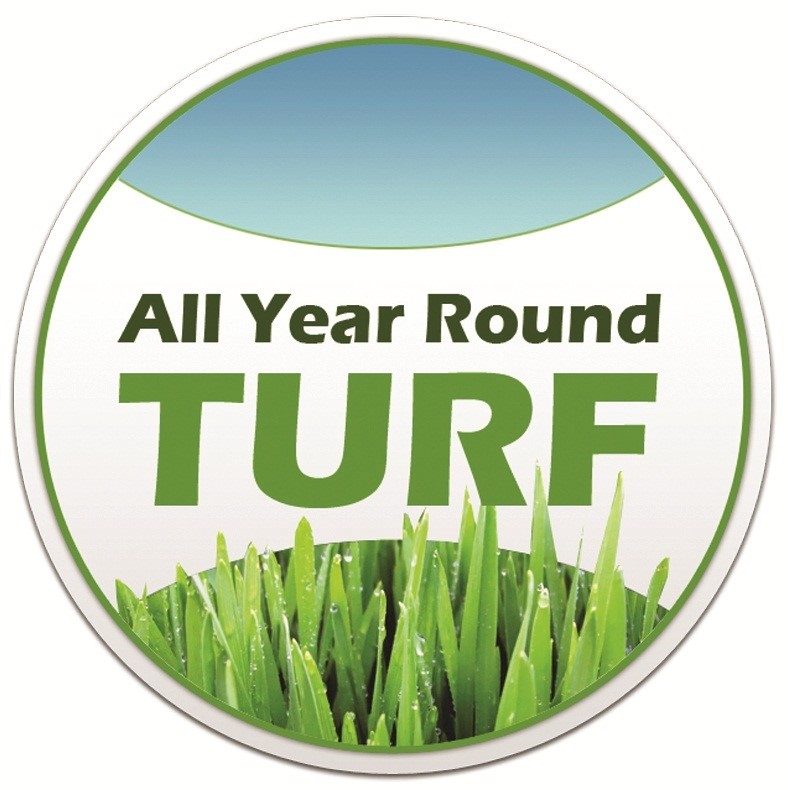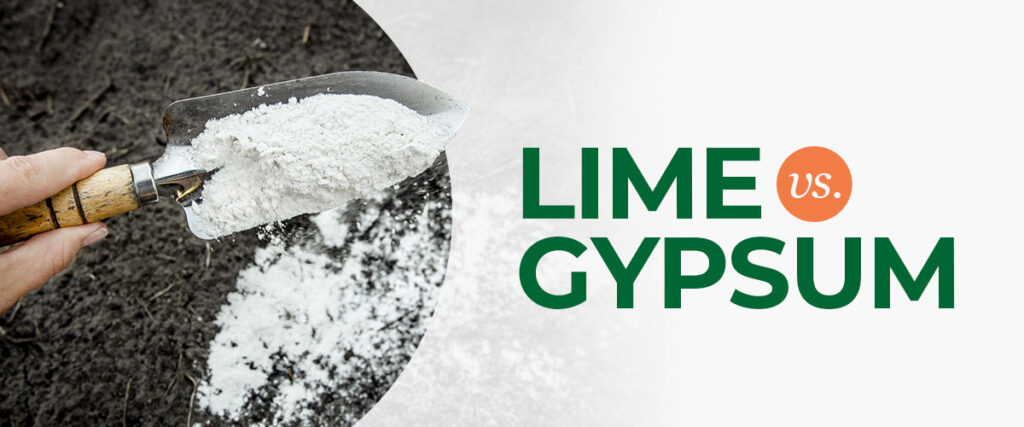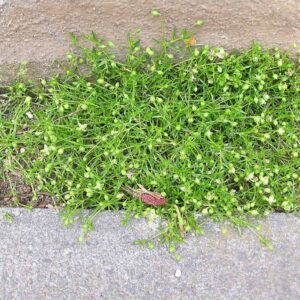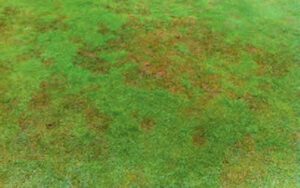Gypsum vs. Lime: What’s the Difference?
When it comes to enhancing soil health and creating a lush, vibrant lawn, two naturally occurring minerals—gypsum and lime—are often the go-to solutions for homeowners looking to improve their soil without breaking the bank. These two soil amendments are cost-effective and can have a significant impact on your lawn’s growth and overall health. Though they may seem similar, they serve different functions in the garden.
Gypsum (calcium sulfate dihydrate) is particularly beneficial for clay-heavy soils. Known as the “clay breaker,” gypsum helps to loosen compacted soil and improve drainage by breaking down the particles in heavy clay. It also has other benefits, which we’ll dive into later.
Lime, on the other hand, is used primarily to adjust soil pH, particularly in acidic soils. By neutralising excess acidity, lime raises the soil’s pH to create a more favorable environment for plants.
Despite their different functions, both gypsum and lime are essential soil amendments that unlock vital nutrients and promote healthier plant growth, resulting in a greener, more robust lawn.
Gypsum vs. Lime for Your Soil
Using Gypsum for Soil
Gypsum is typically available in granular or powder form, but it can also be found as a liquid suspension for easier application. Popular products, like LawnPride’s Granular Gypsum, are applied at a rate of 5-10 kg per 100m² of lawn. After spreading, it’s important to water the lawn thoroughly to help it penetrate the soil.
While gypsum is well known for its ability to break up clay-heavy soils, it also plays a crucial role in correcting calcium imbalances and reducing surface crusting on the soil. It’s commonly applied in early spring during lawn renovations to help with clay soil issues while also aiding the absorption of other fertilisers and supplements.
Using Lime for Soil
Similar to gypsum, lime is available in granular, powder, or liquid forms. Granular products like LawnPride’s Granular Lime are easy to apply, spread, and store. Lime is typically applied at the same rate as gypsum — 5-10 kg per 100m² — before watering in to activate its effects on the soil.
Gypsum vs. Lime: 3 Key Differences
Although gypsum and lime are both calcium-based soil amendments, they serve distinct purposes. Here are three key differences between the two:
1. Functionality
– Gypsum works primarily to improve soil structure by breaking up compacted clay and improving drainage.
– Lime, on the other hand, neutralises soil acidity, raising the pH to make the soil less acidic.
2. Chemical Composition
– Gypsum is made of calcium sulfate and helps improve soil structure and bioavailability of sulfur without affecting pH levels.
– Lime is made from calcium carbonate, calcium oxide, or calcium hydroxide, which reacts with hydrogen ions in the soil to raise pH.
3. pH Adjustment
– Lime can be used to raise the pH of acidic soils.
– Gypsum does not alter soil pH—it helps with soil structure and nutrient uptake without changing the soil’s acidity or alkalinity.
Gypsum vs. Lime: Best Soil Types and Applications
Best Soil Types for Gypsum
Gypsum is ideal for soils that are heavy in clay. It helps to break down compacted soil and improves water infiltration. Additionally, gypsum is useful for soils that require additional calcium and sulfur, without altering the pH. Therefore, it’s a great option for clay-based soils or those in need of calcium supplementation.
Best Soil Types for Lime
Lime is best used on soils that are too acidic (low pH). If your soil test shows a pH lower than 6.0, lime can help raise the pH to a more neutral or slightly alkaline level. It also helps to unlock nutrients in the soil, making them more available to plants. However, lime should be used carefully—over-applying can lead to soil becoming too alkaline.
Gypsum vs. Lime: Which is More Effective?
Since gypsum and lime serve different purposes, it’s difficult to declare one more effective than the other. However, if you’re looking for a quicker change in soil conditions, lime is more effective for altering pH. It works rapidly to neutralise acidity and raise the soil’s pH.
That said, both gypsum and lime can be used together to complement each other’s effects. Using both amendments (after conducting a soil test to check pH levels) can maximise nutrient availability, improve soil structure, and create the optimal conditions for a healthy lawn.
By applying gypsum to improve clay-heavy soils and lime to balance pH levels, you can create a better environment for grass growth, ensuring a greener and more resilient lawn.
Conclusion
Whether you need to break up heavy clay, adjust soil acidity, or improve nutrient uptake, both gypsum and lime offer natural, affordable solutions for soil improvement. For more information or to purchase lawn care products, check out All Year Round Turf’s online store.








